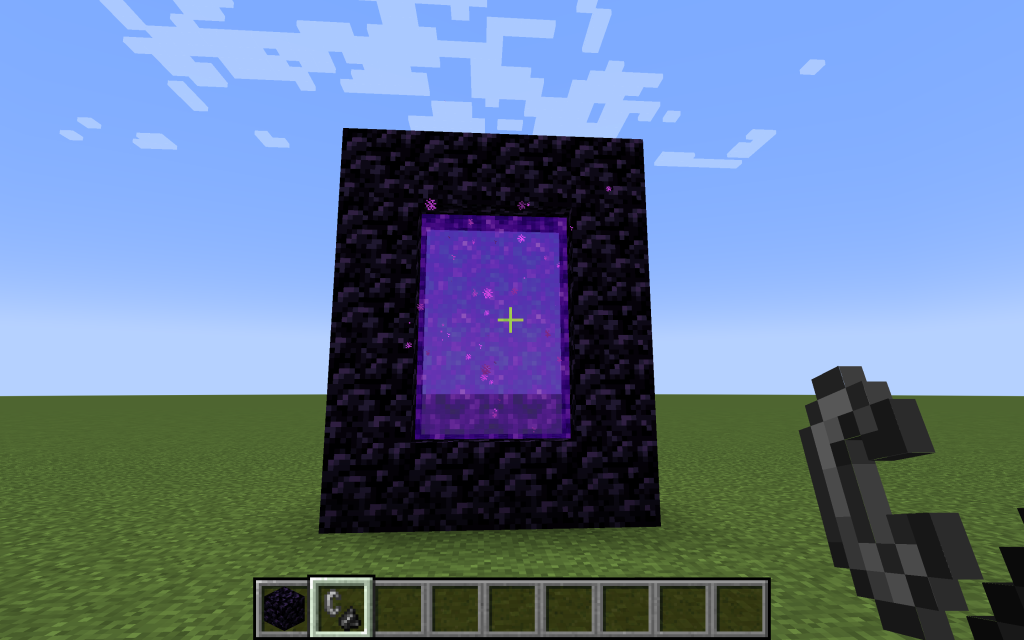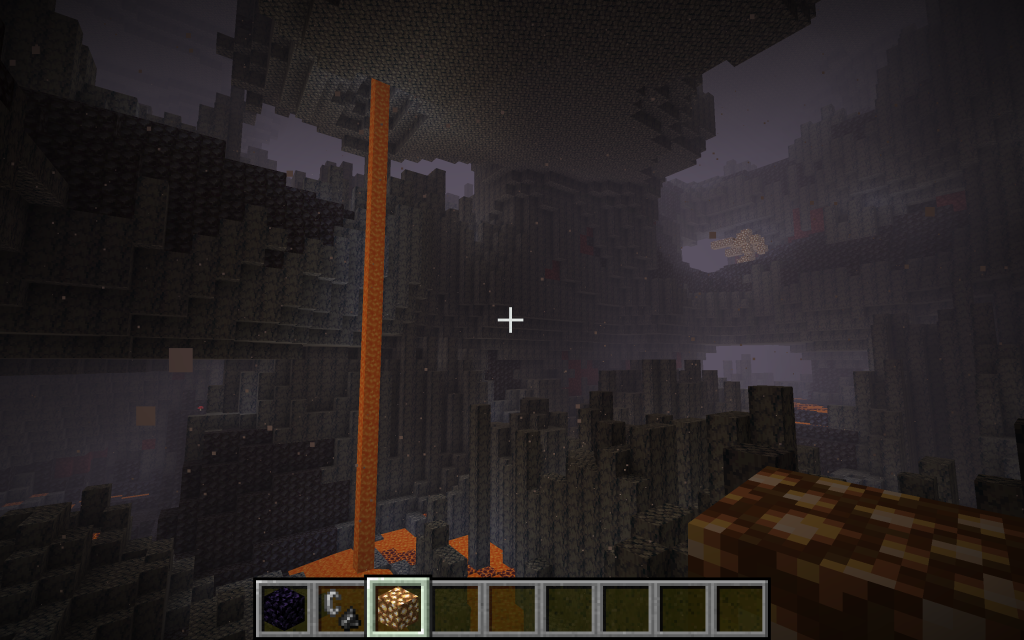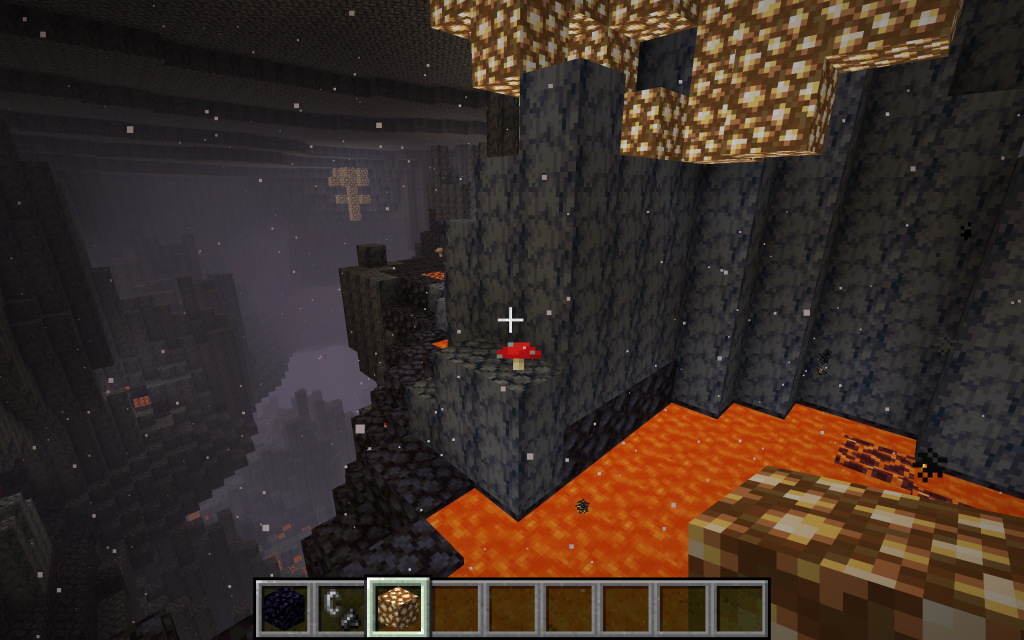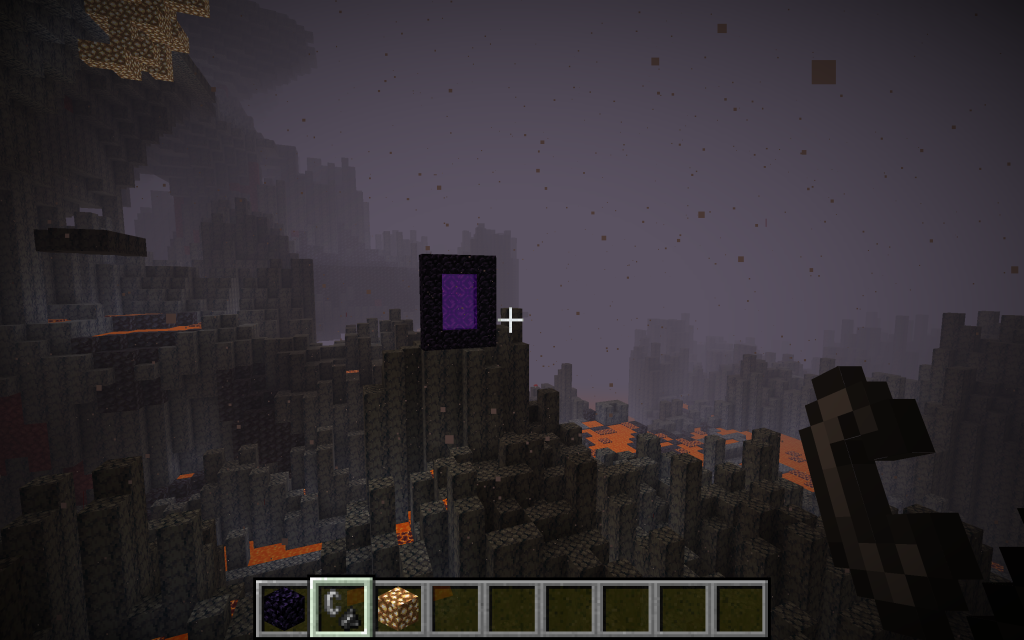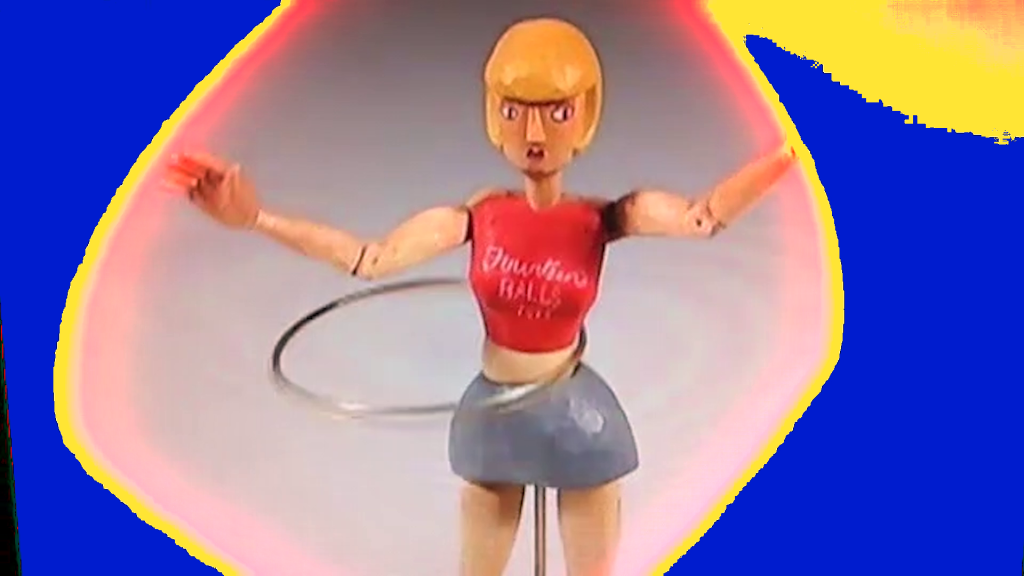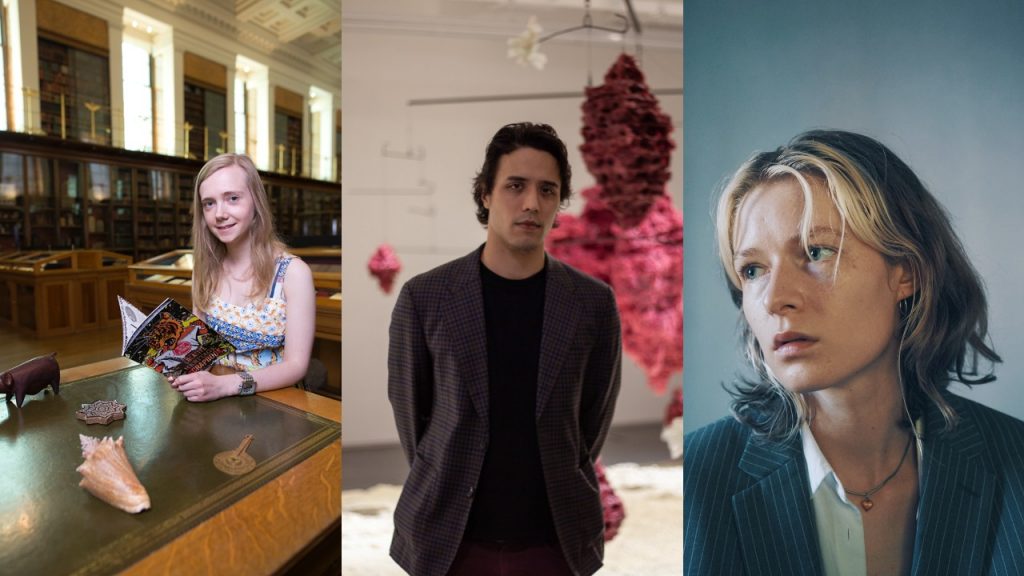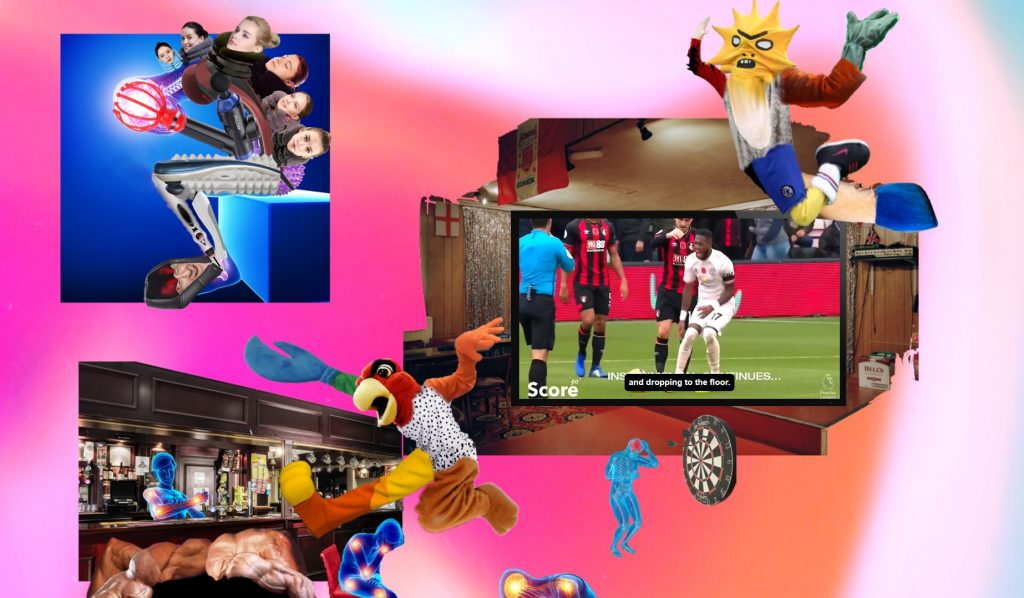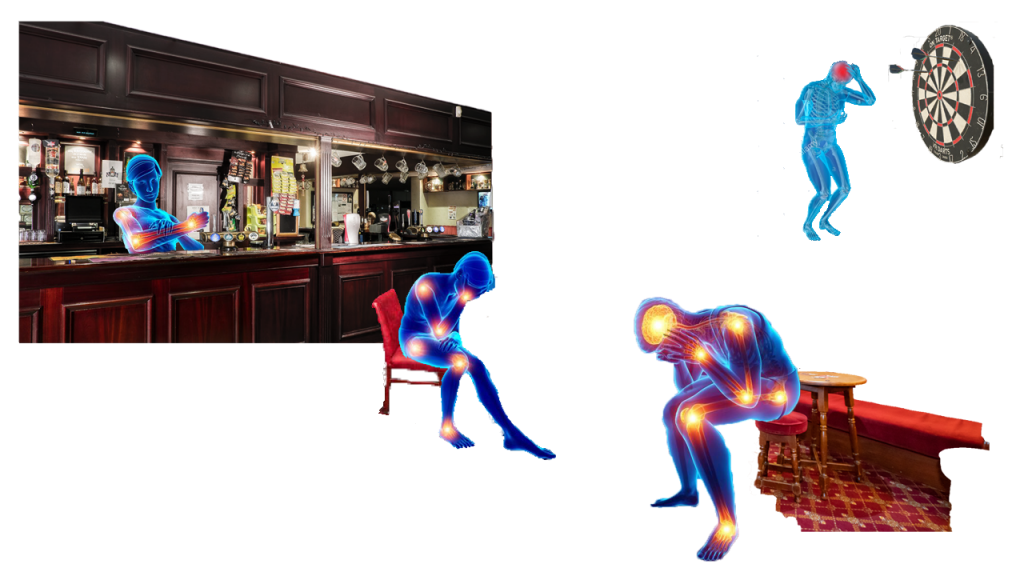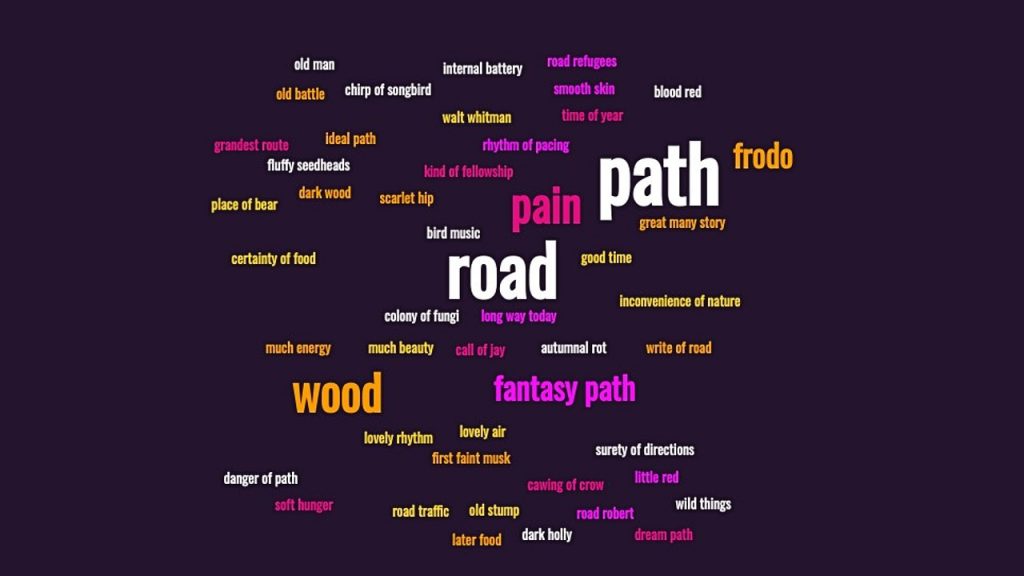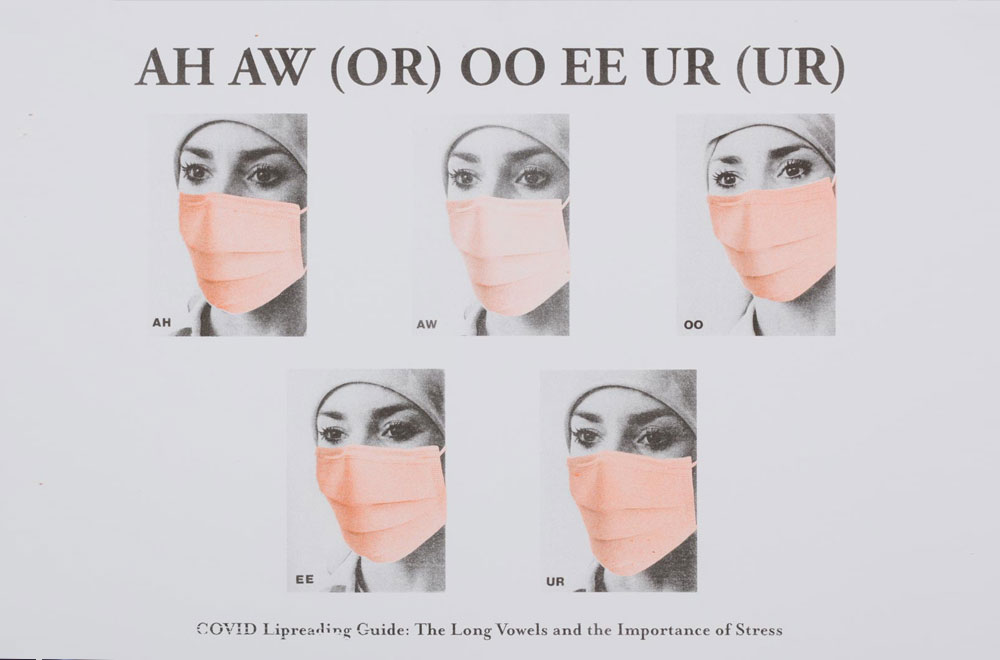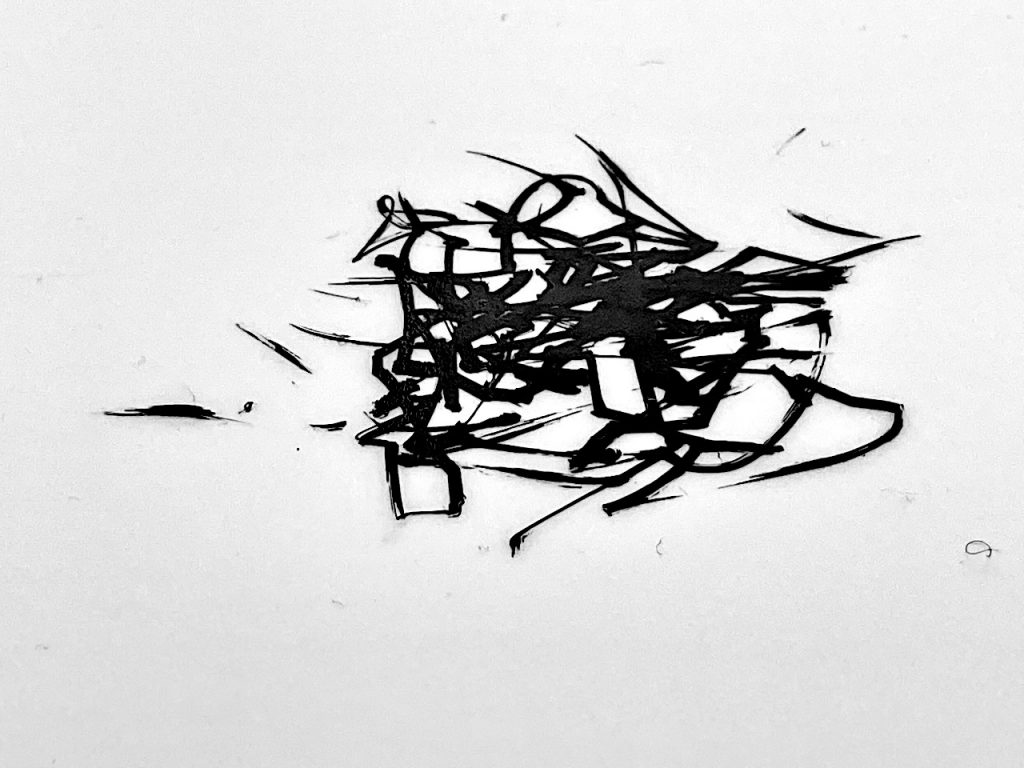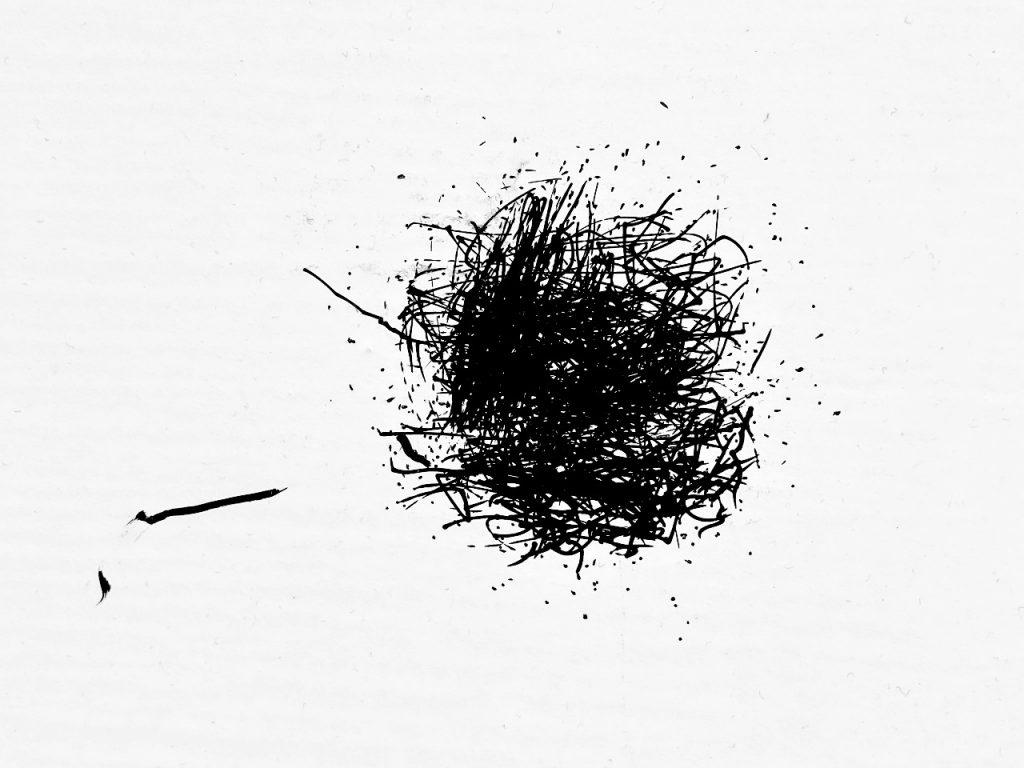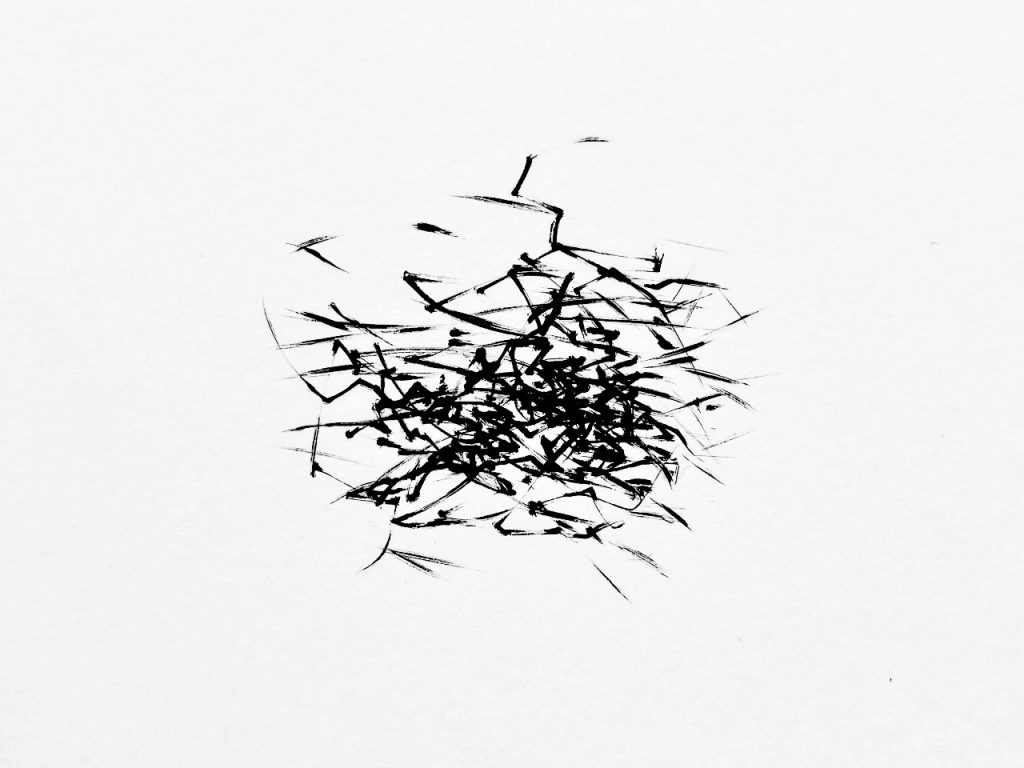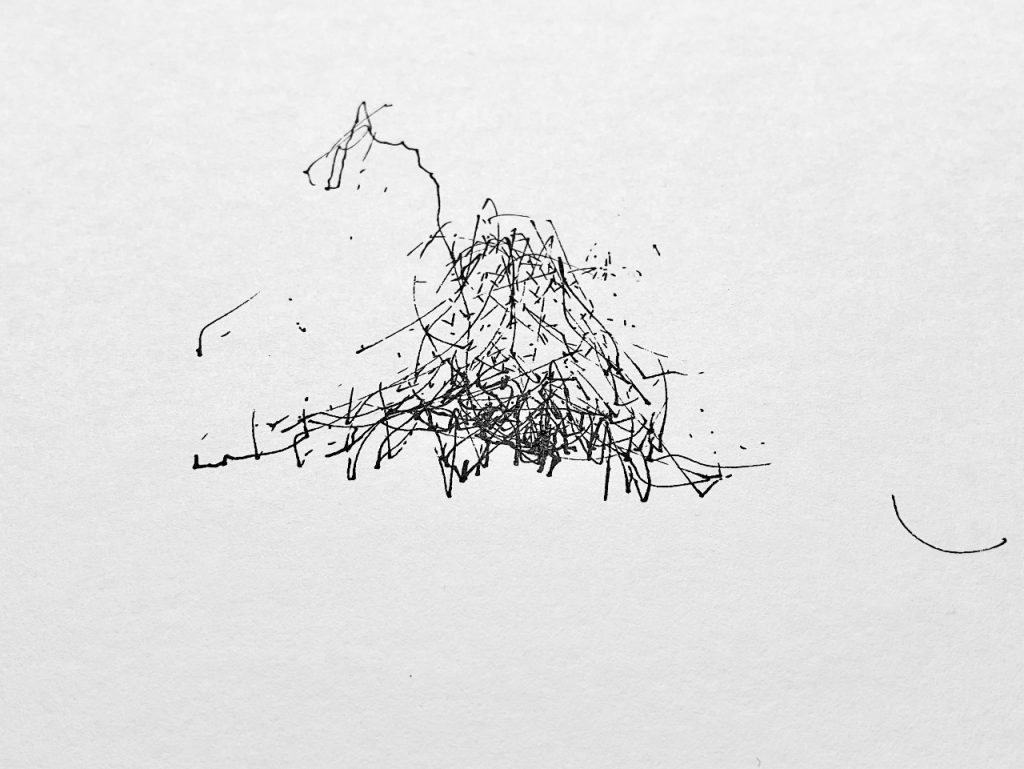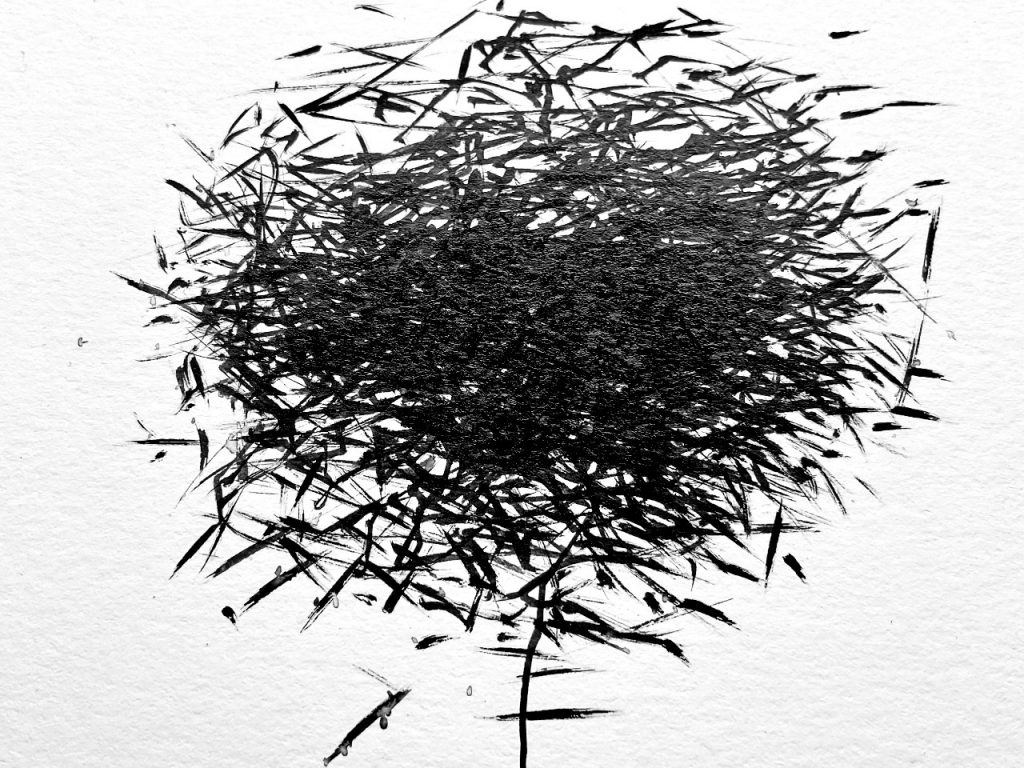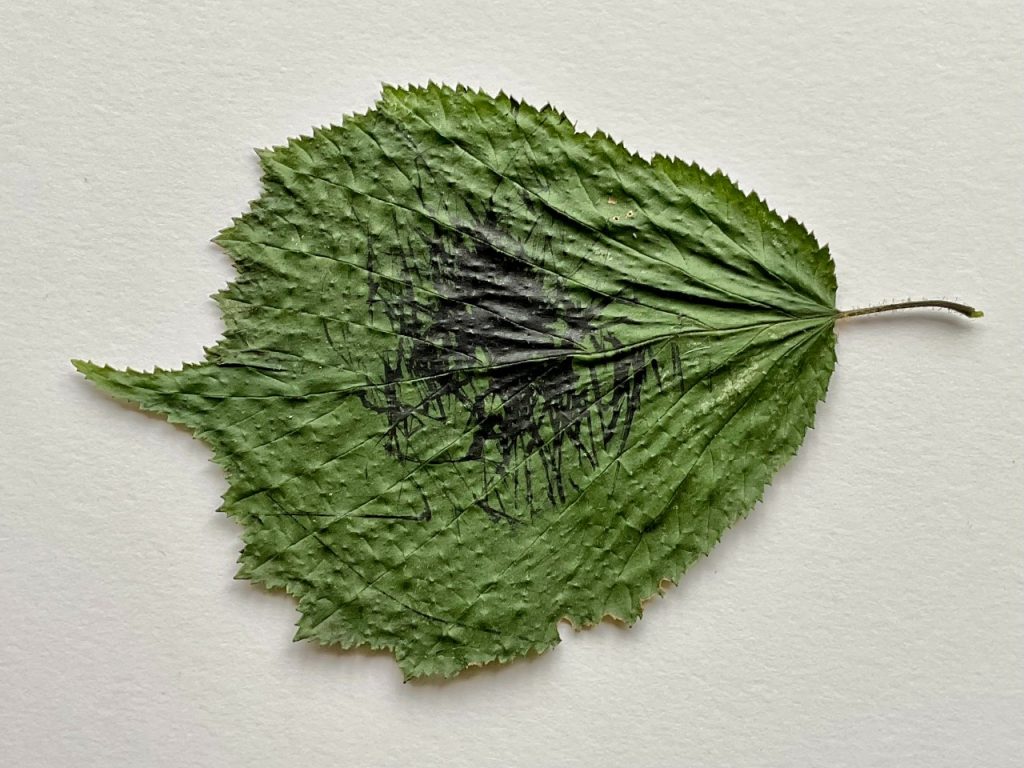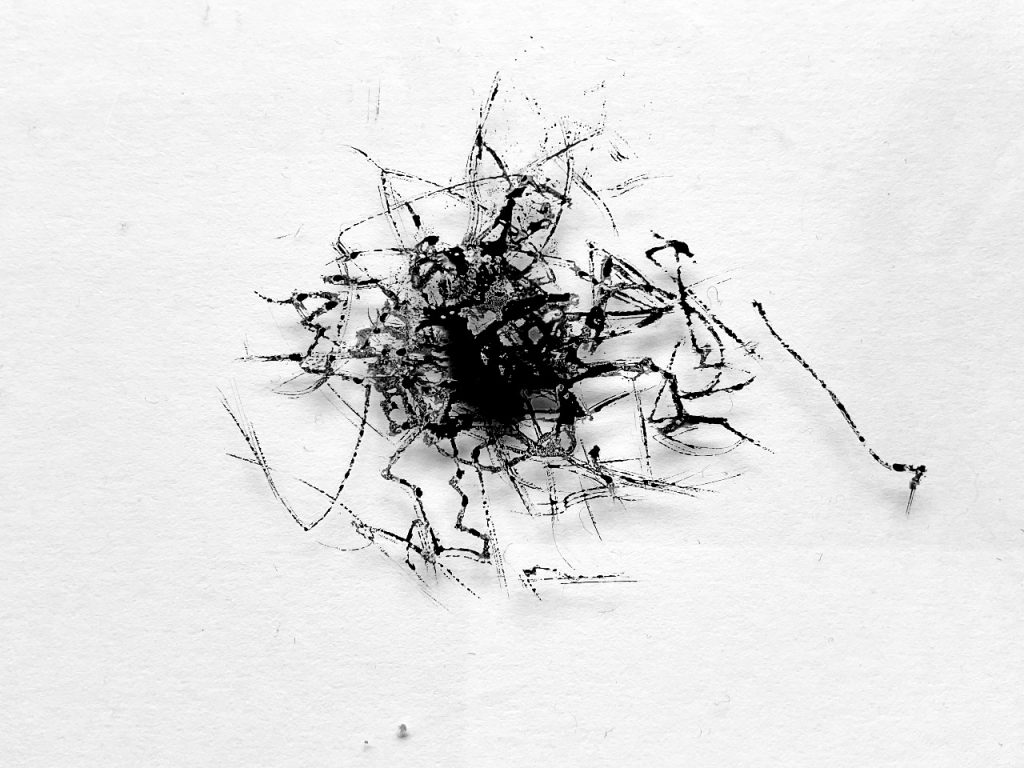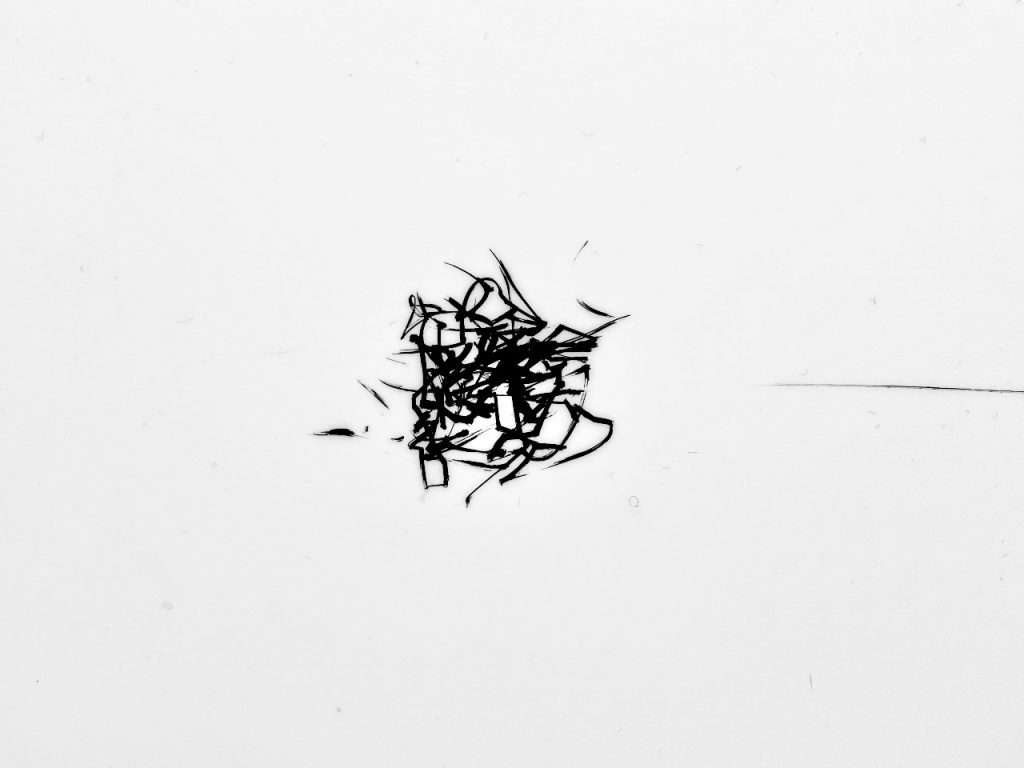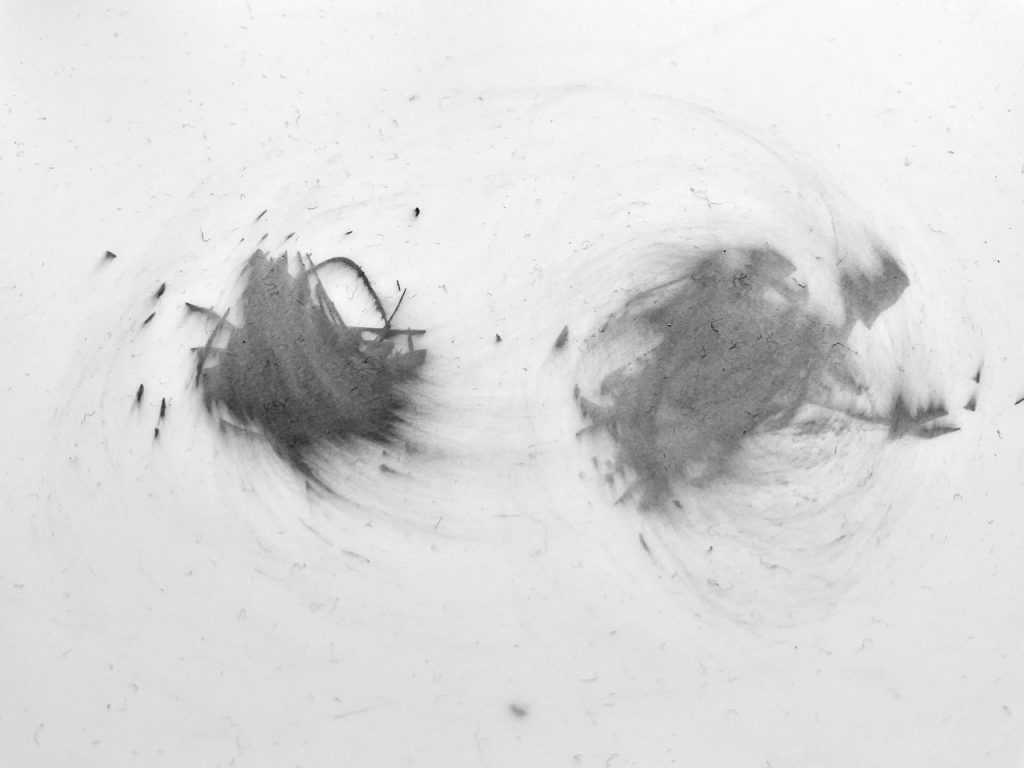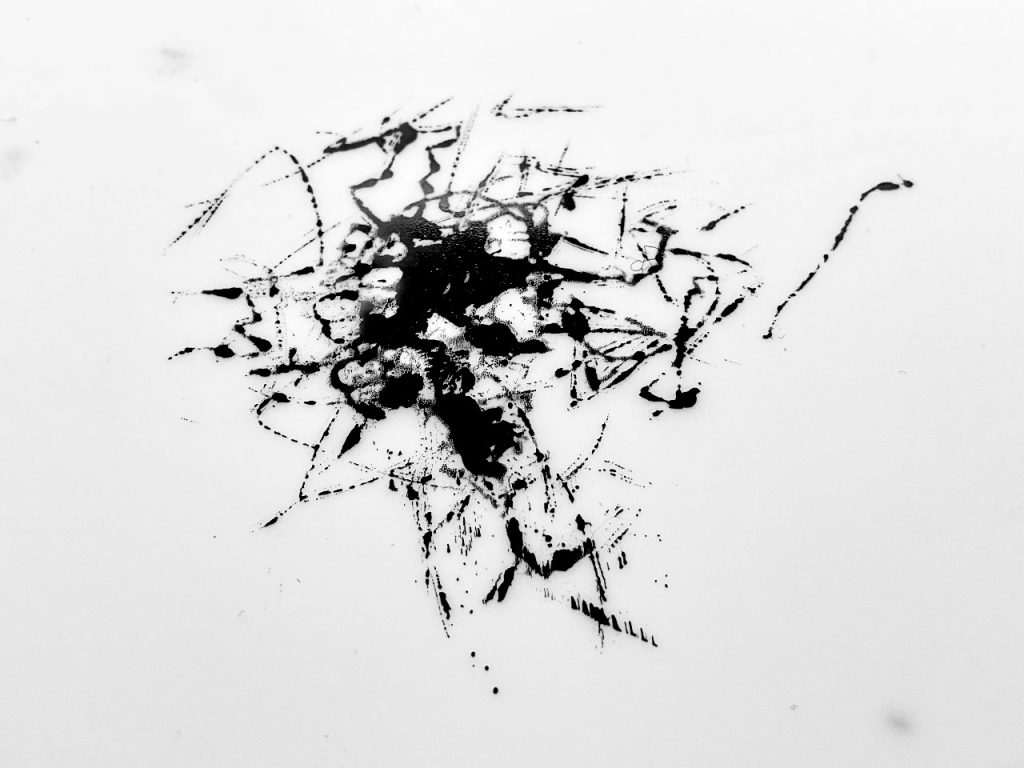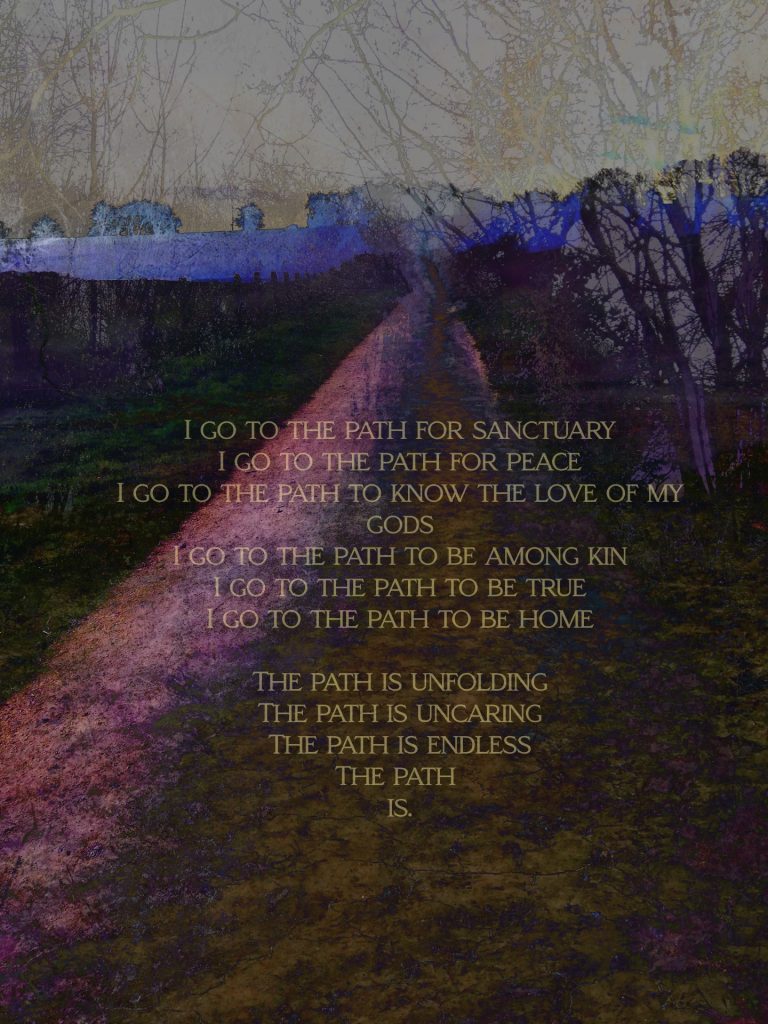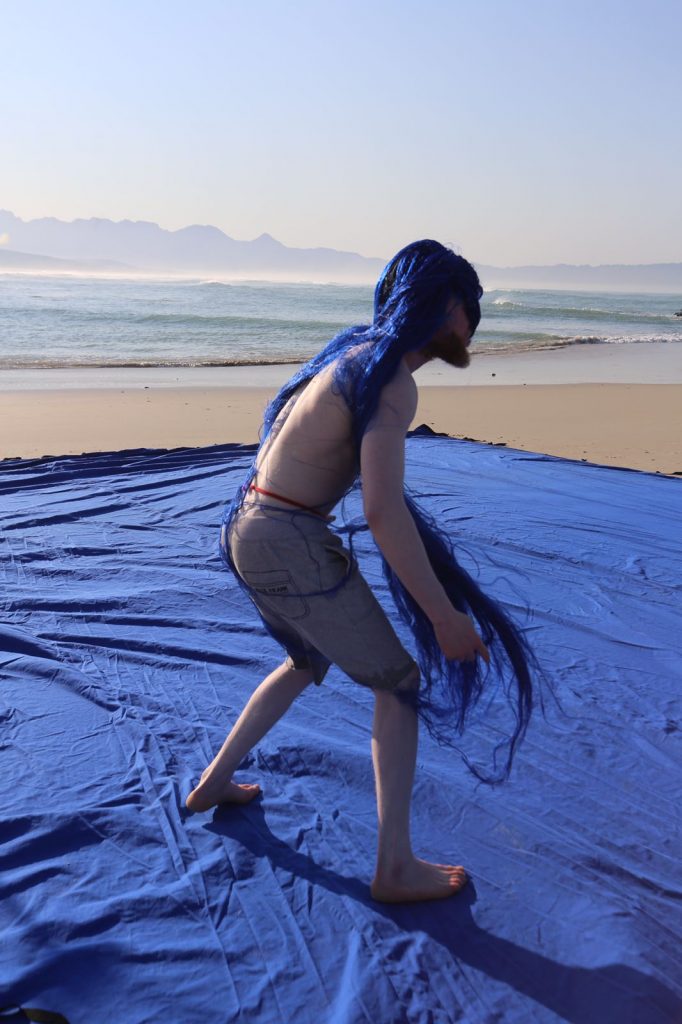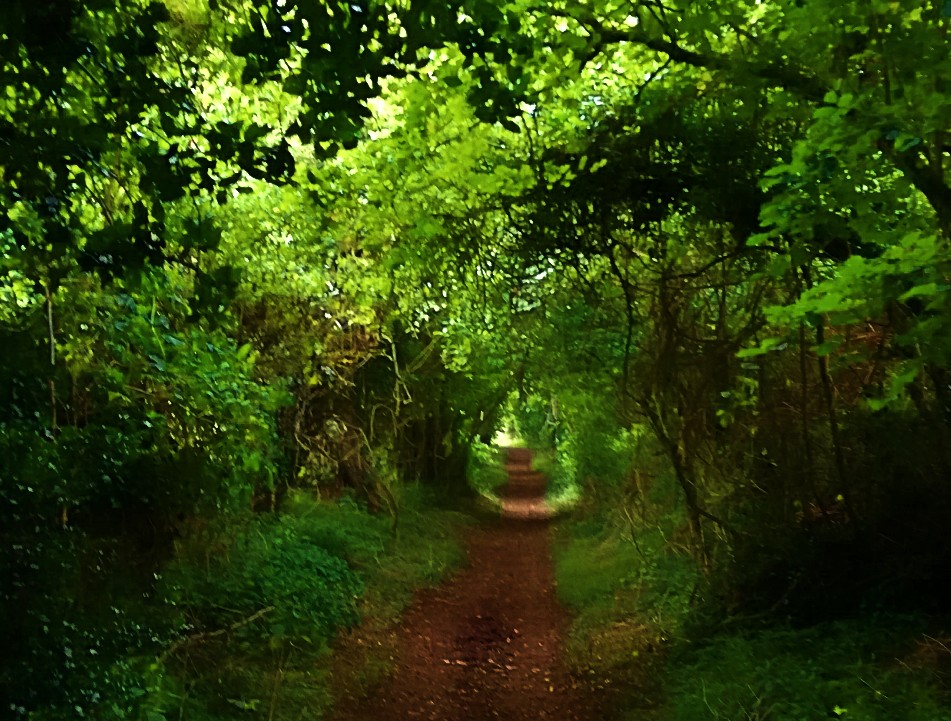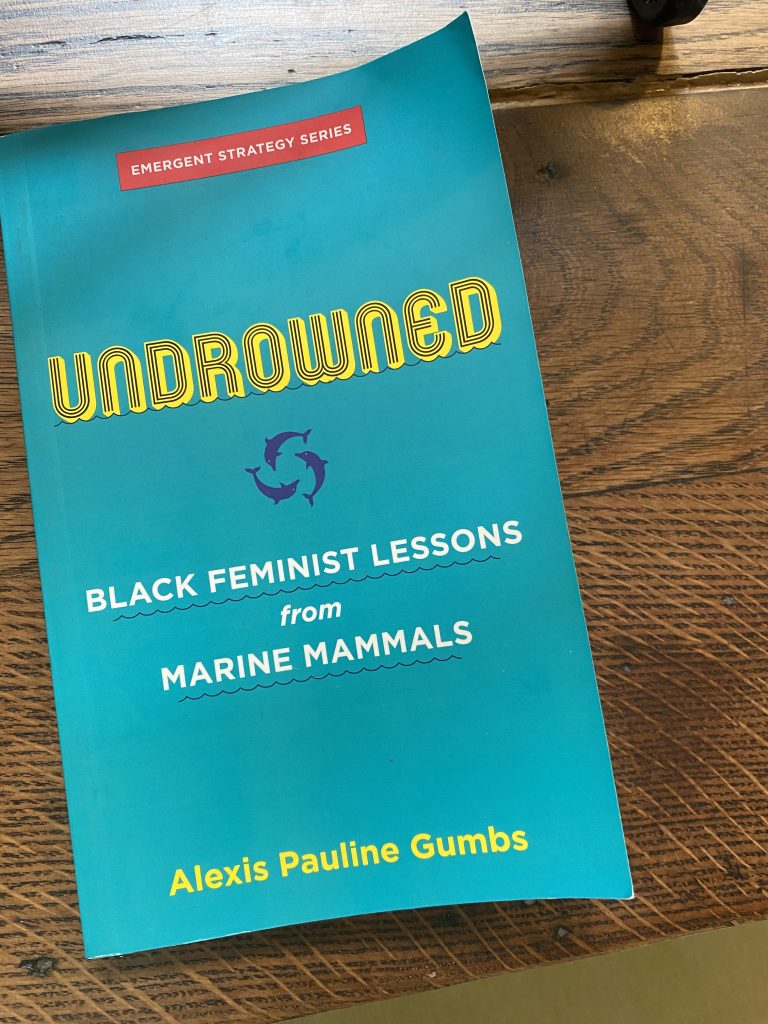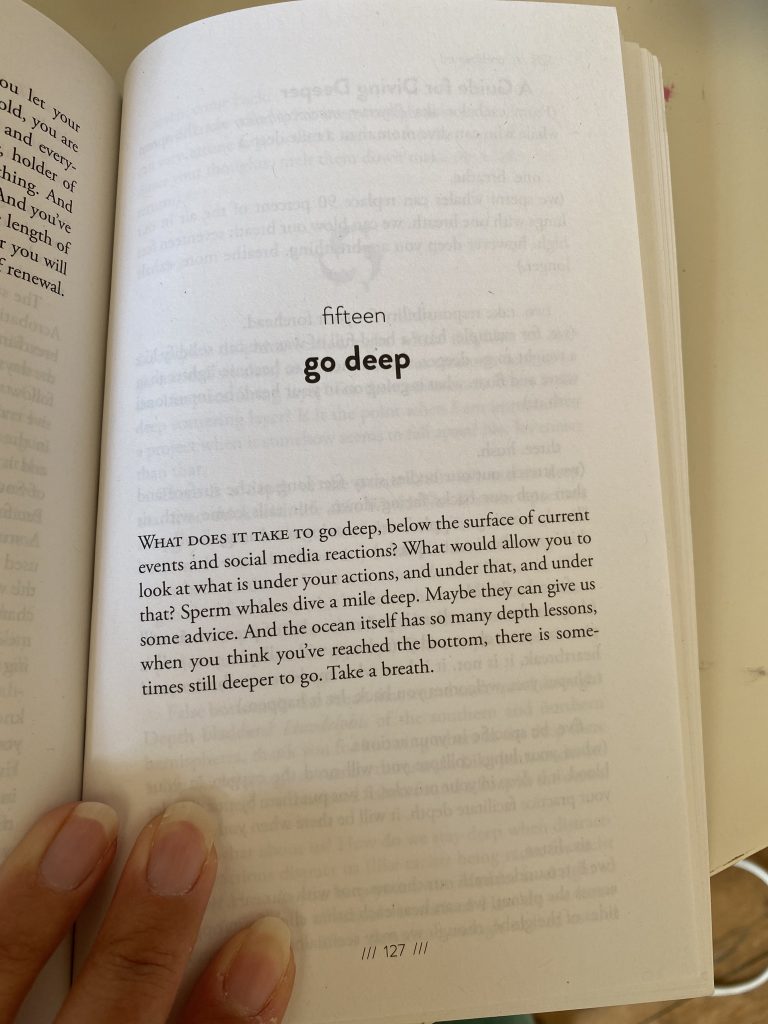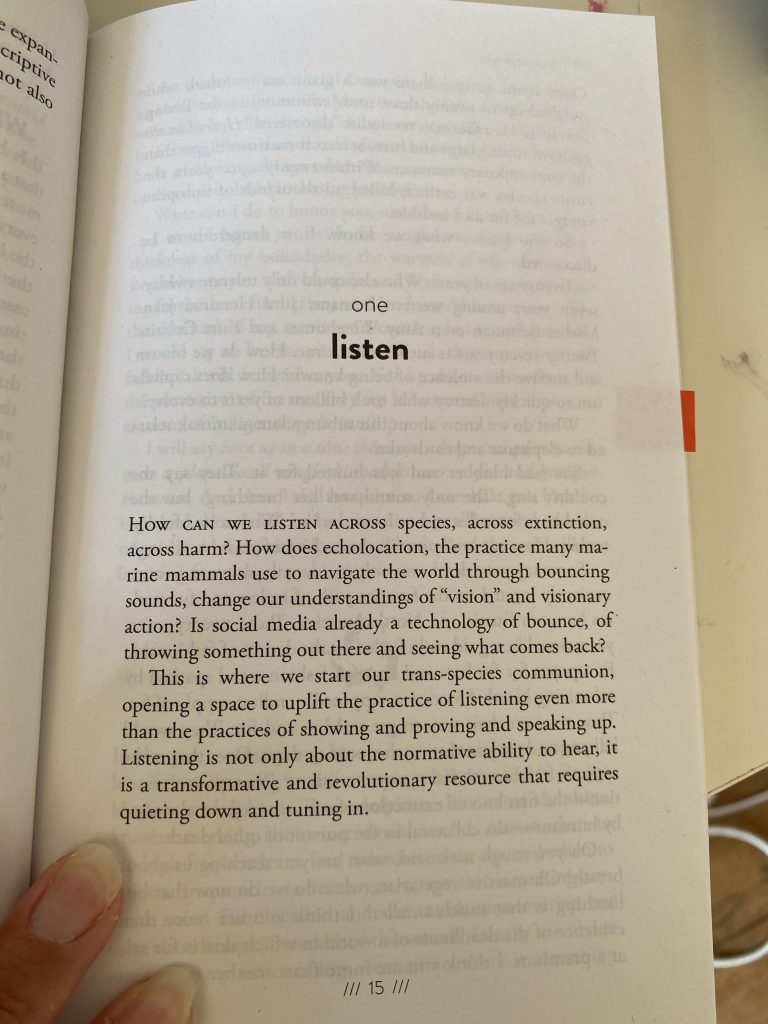Portals are familiar tropes used as convenient plot devices in fantasy and science fiction stories. This convenience serves both the storyteller and audience by removing prolonged travel and any otherwise necessary scientific/technological/magical explanation.
The character enters a portal from our world and emerges into an unfamiliar one governed by different systems.
The moment of intense change between the two sets of existence is described as liminality. In sociology, liminality is defined as a civilizational shift. While in anthropology, it refers to undertaking a rite of passage. In architecture, it refers to anything from a doorway to an airport. In regards to the landscape, beaches serve as the liminal space between land and sea.
When used in science fiction, the portal is a device that develops themes that makes audiences consider the human condition through the juxtaposition of the old and the new normal. The use of portals emphasizes liminality as both a creative and destructive process. To enter the unknown, something must be confronted or sacrificed in the old self or the old world for the new self or the new world to come into being. Itself a symbolic abstraction that compresses and concentrates experience and meaning, the portal becomes a threshold of acute conflict.
